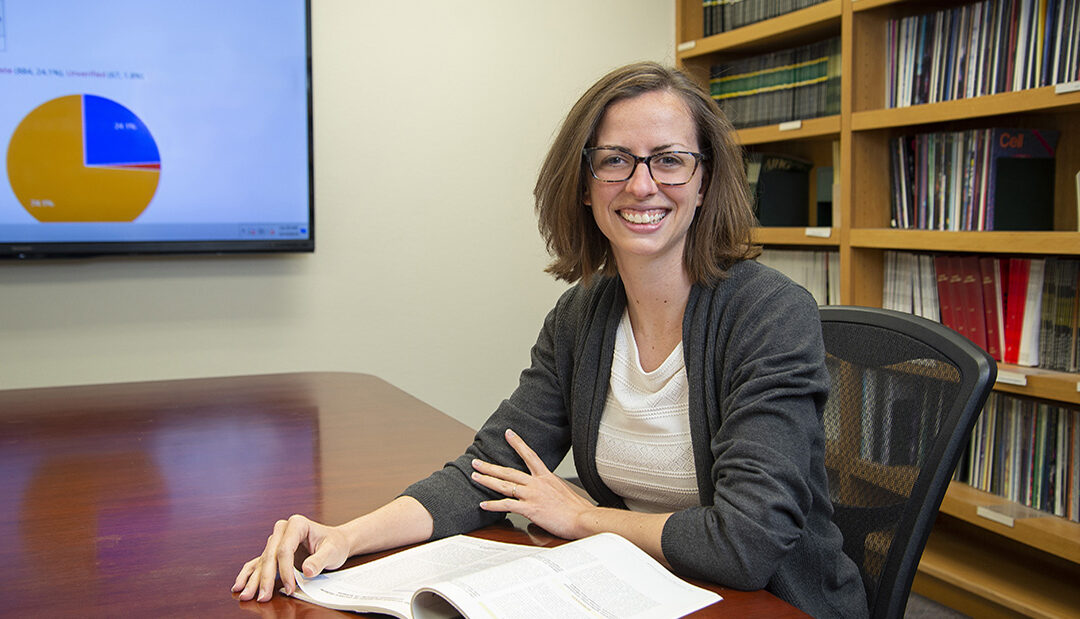
Get to Know our SRH Staff: Molly McGuire, Research
My job involves working with teams of surgeon-researchers and coordinators all over the world to collect data about patients they treat for Perthes disease, a rare disease that impacts formation of the hip. We then study this information to understand the phenomenon of Perthes disease and help families. The organization is called the International Perthes Study Group. I help this multicenter research effort by coordinating legal, regulatory, communications and operational aspects of enrollment and data monitoring. I also recruit our own hospital patients for various Perthes-related research projects.
What led you to Texas Scottish Rite Hospital for Children? How long have you worked here?
I was an academic research coordinator at UT Southwestern. Prior to that, I was in Lima, Peru working on grant-funded research for the University of Pennsylvania and Tulane University. I have been at the hospital for one year, and I’m loving it!
My co-workers and colleagues energize and humble me and are the best part of the job.
What was your first job?
I was a lifeguard during a shift no one else wanted – 5-9 a.m.in the morning.
What do you like to do in your spare time?
I spend as much time as I can in the company of my dog, and I play on a recreational women’s soccer team.
Three words to best describe you:
Studious, committed and adventurous
What would you do (for a career) if you weren’t doing this?
Professor or CIA, can’t decide.
What’s the most adventurous thing you’ve ever done?
I served in the Peace Corps.
Learn more about the research conducted in the Center for Excellence in Hip.


